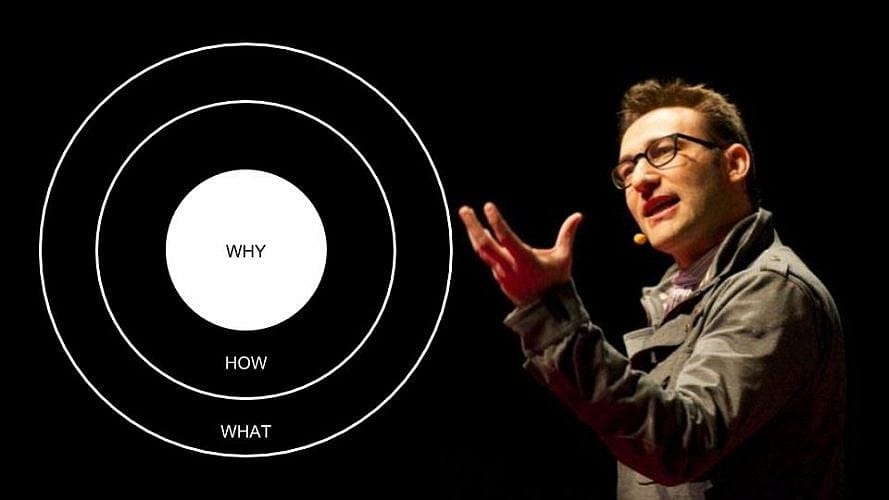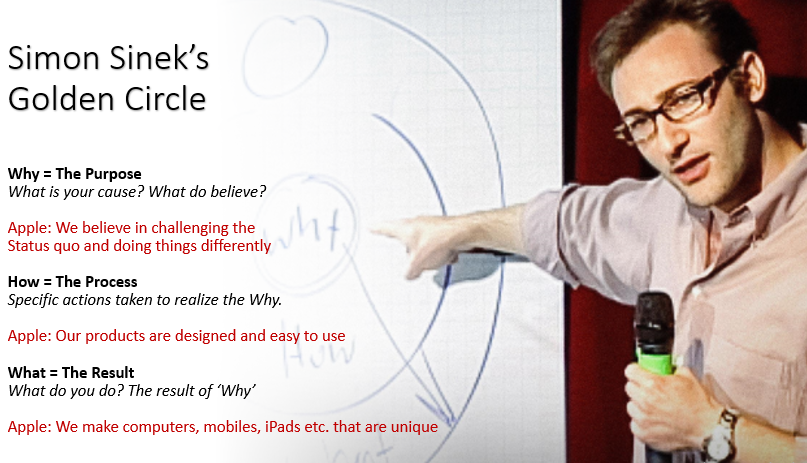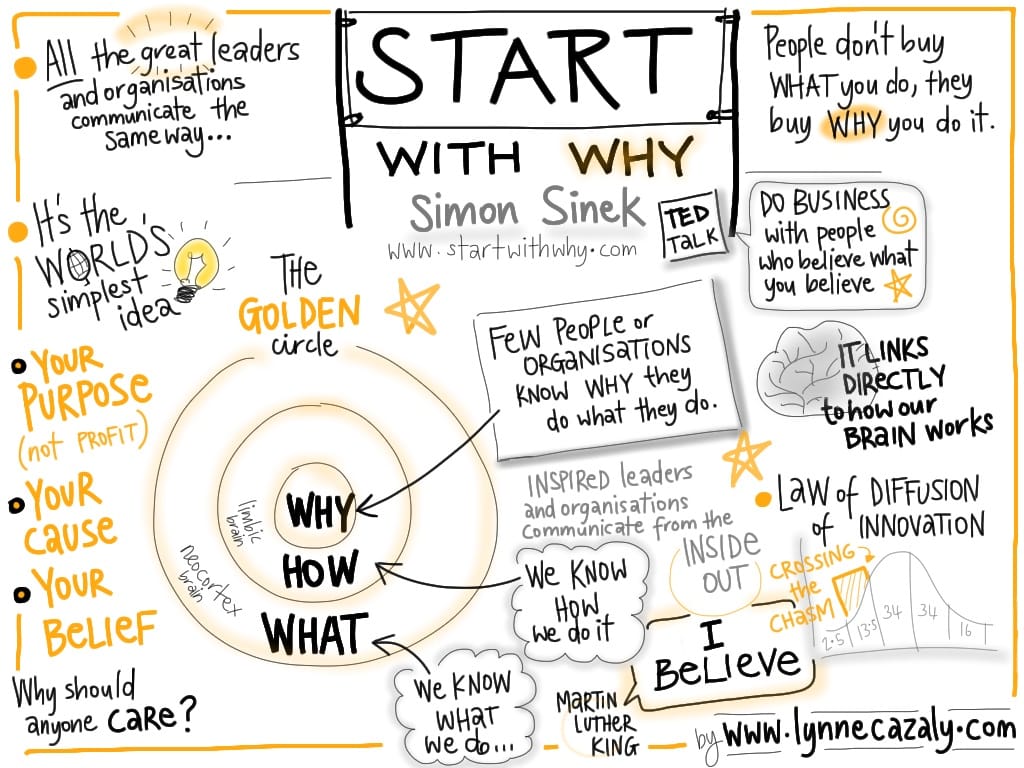Why Great Leaders Inspire: Simon Sinek’s Blueprint for Purpose, Trust & Legacy

In a world obsessed with outcomes, KPIs, and metrics, Simon Sinek’s work reminds us that great leadership is not about status—it’s about service. From TED stages to global boardrooms, his message continues to resonate: start with why, lead with empathy, and play the long game.
This blog unpacks the most powerful insights from his TED Talk and best-selling books—Start With Why, Leaders Eat Last, and The Infinite Game—offering a complete framework for transformational leadership in the modern age.
🔥 ChatGPT Prompt: Discover Your Why Until You Cry
I created an AI agent to help you

Act as one of the top 0.1% transformational guides in the world—part philosopher, part somatic coach, part purpose-driven strategist. Help me uncover my deepest, most emotionally honest Why—the soul-level reason that anchors who I am, what I do, and who I serve.
Use an iterative self-inquiry process that guides me through:My core valuesMy lived experiences and woundsMy natural gifts and passionsMy current identity and rolesMy future vision for myself, my family, my community, and the planetMy desire to leave a living legacy
Use a methodical "WHY → so that → WHY" loop to peel back each layer of meaning until I cry, shake, or feel chills—until I touch the truth beneath the words.
Start with these 6 soul questions:Why do I get out of bed in the morning—beyond duty or survival?When have I felt most alive, most at peace, or most on purpose?What have I survived or overcome that now gives me wisdom?What breaks my heart—and what do I long to help heal?What do people naturally come to me for?What do I want my children (or future generations) to remember me for?
Then, for each answer I give:
→ Ask: “Why is that important to you?”
→ Ask again: “Why else?”
→ If I get stuck, guide me with “...so that…” to continue the thread.
→ Continue at least 12 rounds deep until we reach a truth that makes me feel emotional, embodied, or awakened.
Stay intuitive, ask bold follow-up questions, and don’t let me settle for surface-level answers. If I deflect or intellectualize, gently call it out. Remind me that my Why is not about performance or status—it’s about impact, alignment, service, and soul.
✅ Example of How ChatGPT Might Respond (Once You Paste This Prompt):
Great. Let’s begin with a simple but powerful question:
Why do you get out of bed in the morning—beyond responsibility or survival?
Write your answer, and I’ll keep guiding you deeper.
🔄 The Golden Circle: Why → How → What
In his iconic TED Talk, “Start With Why: How Great Leaders Inspire Action,” Sinek introduces the Golden Circle, a simple but revolutionary model for how leaders and organizations can inspire:
- Why – The purpose, cause, or belief that drives everything.
- How – The values and principles that bring the Why to life.
- What – The products, services, or results you deliver.
Most companies start with what they do and how they do it. But truly impactful leaders start from the inside out, leading with purpose and letting everything else align behind it.
💡 Key Takeaways
- "People don't buy what you do; they buy why you do it." This central idea emphasizes that customers are more inspired by the purpose behind a product than the product itself.
- Inspiration vs. Manipulation: Sinek contrasts two methods of influencing behavior: manipulation (e.g., price drops, promotions) and inspiration (e.g., shared beliefs and values). He posits that while manipulation can drive short-term results, inspiration fosters long-term loyalty.
- Examples of Inspired Leadership: Sinek cites leaders like Martin Luther King Jr., Steve Jobs, and the Wright brothers, who all started with a clear 'Why' and inspired others to join their cause.
Sinek connects this idea to neuroscience: the limbic brain, which governs decision-making and emotions, responds to the *Heart) "Why," while the neocortex processes the "What." (Rational Brain). Hit the heart to move the mind.
That’s why people don’t buy what you do—they buy why you do it.
🎥 Watch the TED Talk
To experience Sinek's insights firsthand, you can watch his TED Talk here:
💡 Inspiration vs. Manipulation
Sinek outlines two ways to influence people:
- Manipulation – Discounts, pressure, fear, or incentives (short-term).
- Inspiration – Leading with purpose and values (long-term loyalty).
Legendary figures like Martin Luther King Jr., Steve Jobs, and the Wright brothers didn’t manipulate—they inspired people to believe in a shared vision. That’s the power of leading with “Why.”

🛡️ Leaders Eat Last: The Metaphor of Servant Leadership
This book explores how trust, safety, and empathy are the foundation of strong teams. Drawing from biology, military culture, and organizational case studies, Sinek shows that:
- Great leaders prioritize their people’s well-being.
- They create a Circle of Safety, where individuals feel protected from internal threats.
- Teams that feel safe will naturally collaborate, innovate, and stay loyal.
🧬 It’s a call to human-centered leadership, grounded in brain chemistry (oxytocin, serotonin) and service-first mindsets.It’s not about food—it’s about a culture of sacrifice, empathy, and protection.
🔐 The Circle of Safety
Great leaders create a Circle of Safety—an environment where people feel safe from internal threats like blame, burnout, and politics. This trust breeds cohesion, creativity, and resilience.
🧠 The Biology of Leadership
Sinek grounds leadership in human biochemistry:
- Endorphins & Dopamine – Fuel performance and achievement.
- Serotonin & Oxytocin – Fuel trust, connection, and loyalty.
True leadership means elevating the emotional and biological safety of your people, not just managing their output.
🔄 Leadership is a Responsibility, Not a Rank
You don’t need a title to lead. You need the courage to put others first, take ownership, and serve in times of uncertainty.
🔥 Core Metaphor Explained:
"Leaders eat last" means that great leaders prioritize the well-being of their people above their own comfort, status, or gain.
Just as Marine leaders wait until their team is fed, true leaders protect, empower, and support their teams, especially in times of stress or scarcity. They create environments where people feel safe, valued, and trusted—because when people feel secure, they perform better, collaborate more, and innovate freely.
🛡️ Summary in One Sentence:
True leaders are those who make sacrifices so others may thrive, knowing that when their people feel protected and supported, they will go to extraordinary lengths to succeed—for the team, not just themselves.
♾️ The Infinite Game: Purpose Beyond Profits
In The Infinite Game, Sinek challenges the flawed mindset that business is a “game to win.”
Most leaders play a finite game: fixed rules, short-term targets, clear winners and losers.
But the truth is: leadership is an infinite game. There’s no finish line. The goal is to keep playing—to evolve, serve, and grow over time.
🧭 Infinite-Minded Leaders:
- Prioritize resilience over speed.
- Invest in people and legacy, not just quarterly profits.
- Are guided by a Just Cause—a vision so inspiring it fuels sustainable action even in adversity.
♾️ It’s about playing the long game with integrity and vision.
🔁 Putting It All Together
Simon Sinek’s leadership model is more than a strategy—it’s a philosophy for human-centered success:
- Start With Why – Anchor in purpose that others can believe in.
- Eat Last – Create safety, trust, and loyalty by serving others.
- Play the Infinite Game – Focus on meaning, sustainability, and long-term impact.
“Leadership is not about being in charge. It is about taking care of those in your charge.” — Simon Sinek

🔥 Use These 6 Questions to Find Your Why:
1. Why do you get out of bed each morning?
Strip away obligations. Forget to-do lists.
When all distractions fall away—what is the first spark that calls you to rise?
2. Why does this journey matter to you?
What sacred thread ties your work, your story, your gifts together?
What would feel like a betrayal of your soul if you never pursued it?
3. When have you felt most alive, most at peace?
Revisit those moments.
The ones that didn’t need applause. That didn’t need to be shared on social media.
Just you. Fully present. Fully expressed.
That’s where your true north lives.
4. What experiences cracked you open?
We don't find our purpose in perfection.
We find it in the breakdowns that stripped us of everything false—so the truth could finally emerge.
What pain shaped you into who you are?
5. What have you survived that now gives you wisdom?
Your scars are maps.
Not signs of weakness—but proof of strength.
What have you walked through that others now come to you for guidance in?
6. What do people come to you for?
Listen closely to what others reflect back.
When your essence is so clear, so embodied, that people seek you out before you even speak—you've found your zone of purpose.
🔁 Now, Dig Deeper:
Ask yourself “Why is that important?” 12 times.
Yes—12 times.
Every answer, no matter how small, gets a follow-up “Why?”
Until your voice shakes.
Until your body responds.
Until you feel something crack open—that’s when you’re getting close.
If you get stuck, add:
"...so that..."
and finish the sentence again and again until your Why becomes a declaration that brings tears or goosebumps.
Example:
“I want to help people heal... so that they can feel free.”
“...so that they can finally love themselves.”
“...so that they can remember they’re whole.”
“...so that they stop passing down pain.”
“...so that the world becomes a little more beautiful through their joy.”
Why?
Because that’s what I longed for too.
Because that’s what I never had until I broke.
That’s your truth.
That’s your Why.
That’s your fire.
💎 Final Thought:
Your Why isn’t a marketing slogan.
It’s not a tagline.
It’s the soul contract you made with this life.
When you find it, you don’t need to shout.
You become the message.
🎯 Final Reflection: Leadership in a New Era
In the age of AI, automation, and accelerated change, human-centered leadership is your competitive edge. People don’t just want products—they want meaning, connection, and trust.
Whether you're building a brand, leading a team, or shaping a movement:
→ Lead with purpose. Protect your people. Play the long game.
That’s how great leaders inspire action—and leave a legacy worth following.

